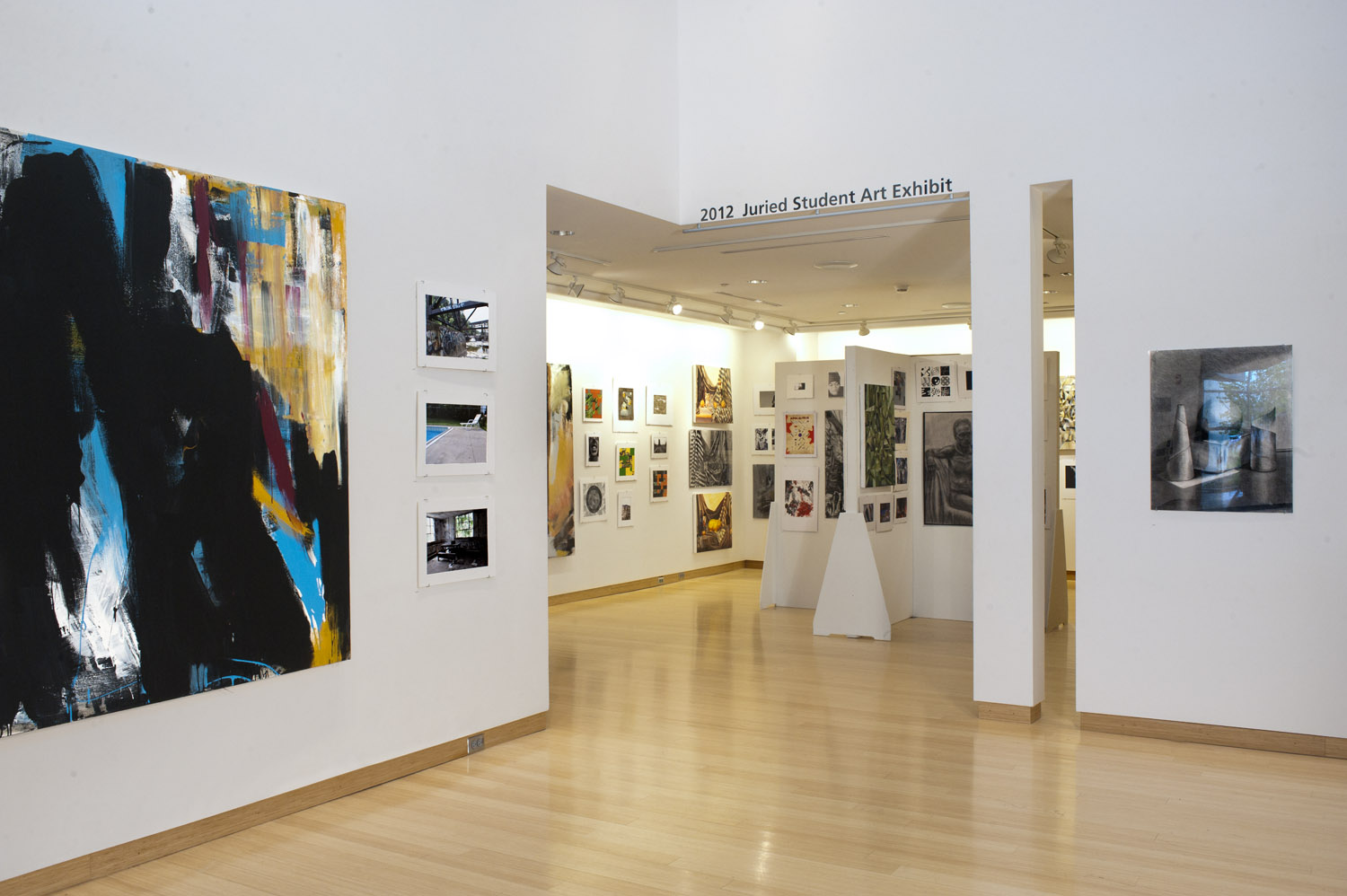With the New York City art scene just a train ride away, residents of Westchester might not be as inclined to patronize local art establishments.
Yet there is a thriving art culture in Westchester!
When imagining classic Americana, one might recall old Saturday Evening Post covers, featuring hardscrabble Americans of yesteryear–soldiers, Boy Scouts, baseball players and fans, students, parents, families. What many people may not know is that Norman Rockwell grew up in Mamaroneck, and spent much of his career in Westchester. The artist who tackled such difficult issues as race and Communism, and has a portfolio full of works that demonstrate what it means to live in suburban America, was undoubtedly inspired by his time in Mamaroneck. Many of the models in his early paintings were from Mamaroneck and New Rochelle. Had the residents of those towns not supported local artist Norman Rockwell, he might never have gone on to have such an illustrious career.
Another hallmark of art in Mamaroneck is Archie Comics. Although the long-running publishing company relocated to Pelham in 2015, Mamaroneck will always be embedded in the comic book’s blood (or ink). The comic tells the stories of a group of high school friends in the fictional town of Riverdale, a small suburb not unlike Mamaroneck. While the comic generally portrays a bygone era, anachronistically set somewhere between the 1940s, when Archie and co. made their debut, and modern times, it has been updated for TV recently. The series “Riverdale” brings Archie and his friends into the twenty-first century, although its humble Mamaroneck beginnings are acknowledged–in one episode, Jughead walks by a Mamaroneck-bound bus. Although the comic book company has moved to Pelham, Mamaroneck has certainly made its mark on the world of Archie.

A controversial figure who lived in Mamaroneck for a spell was the filmmaker D.W. Griffith. Although he pioneered groundbreaking filmmaking techniques, his most famous film is The Birth of a Nation from 1915, which glorified the Confederacy and is said to have helped inspire the next generation of the Ku Klux Klan. However, D.W. Griffith used his success in the years following his racist epic to move to Mamaroneck in 1919, where he bought a sprawling estate and began making movies locally. The films he made in Mamaroneck include Orphans of the Storm, which required him to transform a portion of Mamaroneck so that it would resemble Paris! The local townspeople obliged Griffith, and hundreds of residents participated in his films as extras. Now there’s a story of people supporting local art.
It’s crucial that we support local art establishments and local artists. In Mamaroneck alone, we have places like the Bott Shoppe, Pinot’s Pallette, and the Mamaroneck Artists Guild. Local art establishments help to encourage local artists. Goodness knows where the art world would be if great artists, including some of our local artists, hadn’t gotten any encouragement and support. It’s very important to offer support to local art establishments and the artists that visit them.
Perhaps the next Norman Rockwell, or Archie Comics, or D.W. Griffith (albeit a more tolerant and diversity-friendly one) will come from Mamaroneck. For such a small town, it has such a rich history of talented artists–and will hopefully produce some of the artists of the future.

